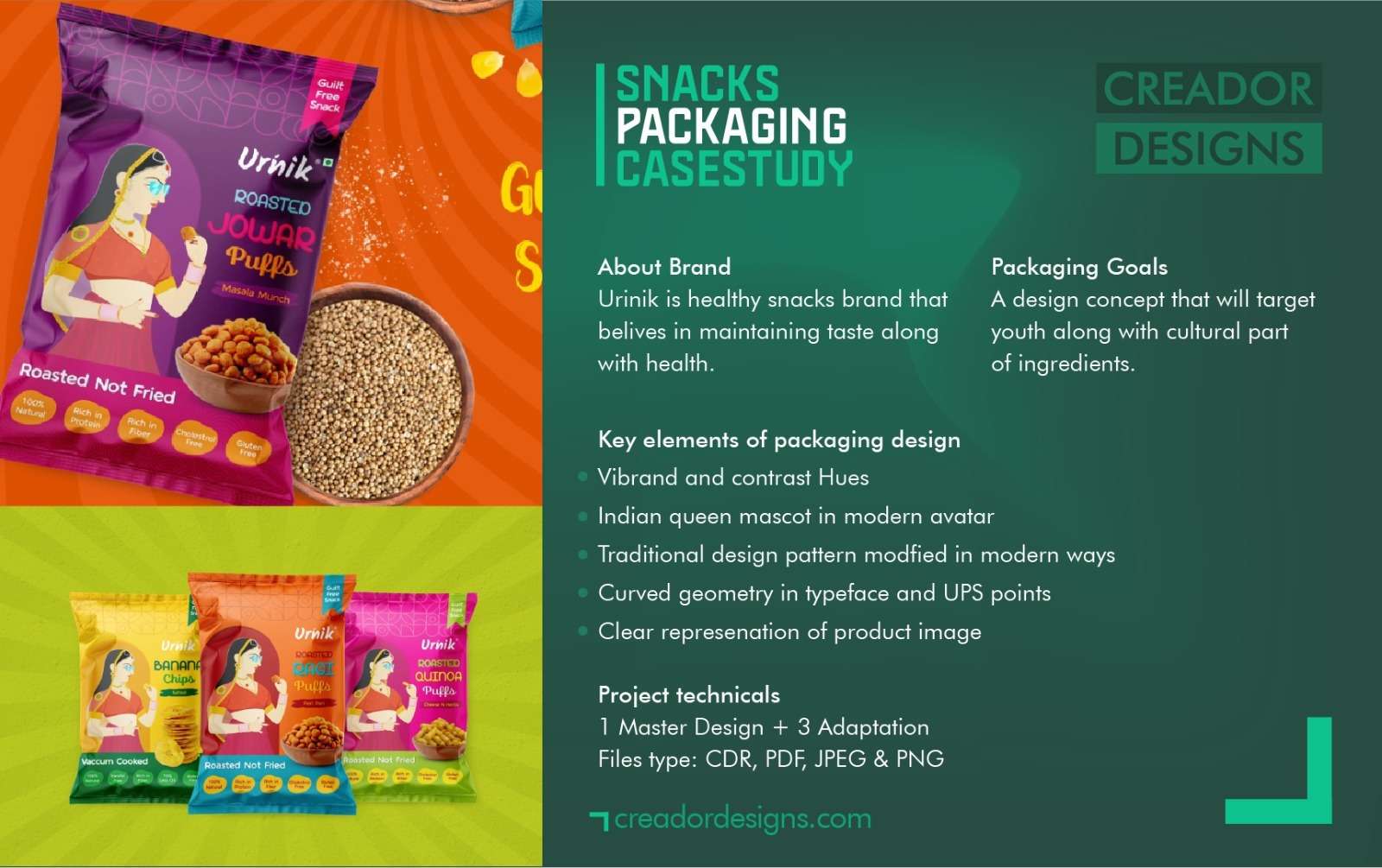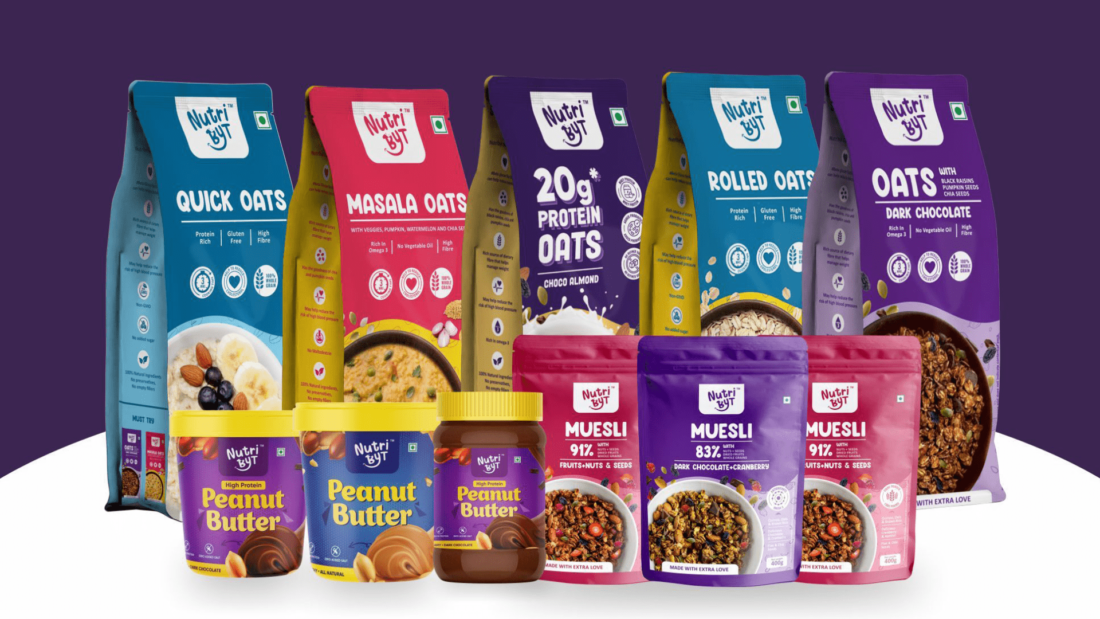What is Packaging Design?
Packaging design is more than just wrapping your product in a box or bag; it’s a crucial element of your brand’s identity. The way a product is packaged can significantly impact consumer perception, purchasing decisions, and overall brand loyalty. But what exactly is packaging design, and why is it so important?
Understanding Packaging Design
Packaging design is the process of creating the exterior of a product. This includes choices in material, form, color, typography, and imagery that make a product suitable for the market. The design needs to reflect the product inside, be functional, and appeal to the target audience. It’s the first thing a consumer sees, so it must capture their attention and convey the brand message effectively.
Why is Packaging Design Important?
- First Impressions Matter: The packaging is often the first interaction a customer has with your product. A well-designed package can attract attention, create a memorable experience, and set the expectation for the product inside.
- Brand Identity and Recognition: Packaging is a vital part of your brand’s identity. It’s how consumers recognize your products among the competition. Consistent packaging design reinforces your brand’s image and helps build customer loyalty.
- Influences Buying Decisions: Good packaging design can influence buying decisions. It can communicate the quality and value of the product, appeal to emotions, and ultimately lead to a purchase.
- Communicates Essential Information: Packaging is also functional; it needs to communicate important information such as the product name, description, usage instructions, and ingredients. It should be easy to read and understand.
- Sustainability Matters: In today’s eco-conscious world, sustainable packaging is becoming increasingly important. Consumers are more likely to choose products with eco-friendly packaging, which can enhance your brand’s image.
Elements of Effective Packaging Design



- Material Choice: The material used should be appropriate for the product, durable, and, if possible, eco-friendly.
- Visual Appeal: The design should be visually appealing, using colors, typography, and images that align with your brand.
- Functionality: Packaging should be functional, protecting the product during transport and making it easy to use for the consumer.
- Brand Consistency: Ensure that your packaging design is consistent with your brand’s overall aesthetic and message.
- Innovation: Stand out from the competition by incorporating innovative design elements that surprise and delight your customers.
Conclusion
Packaging design is a powerful tool in the branding arsenal. It’s not just about making a product look good; it’s about creating an experience that resonates with consumers, communicates the brand’s values, and drives purchasing decisions. Investing in good packaging design is investing in the success of your brand.

